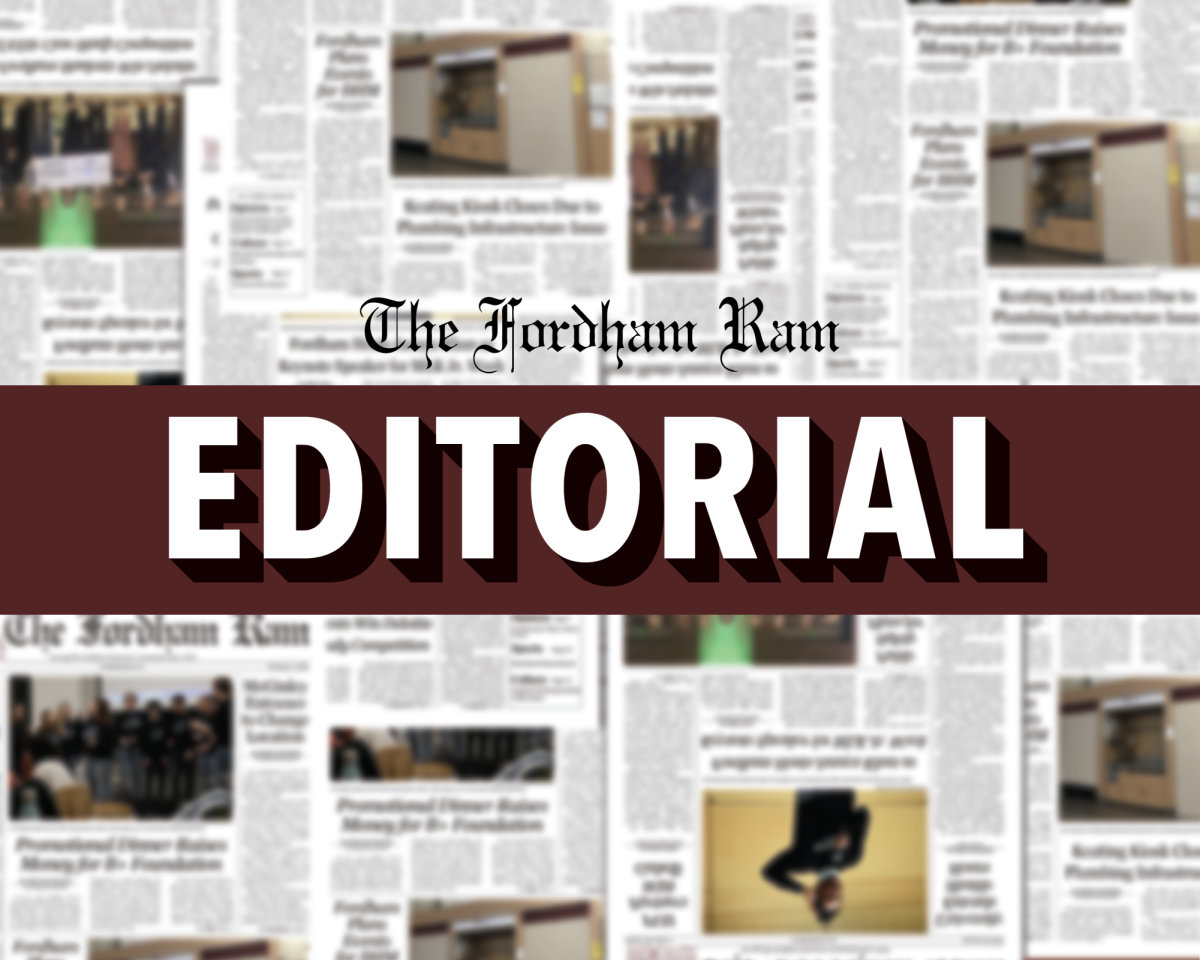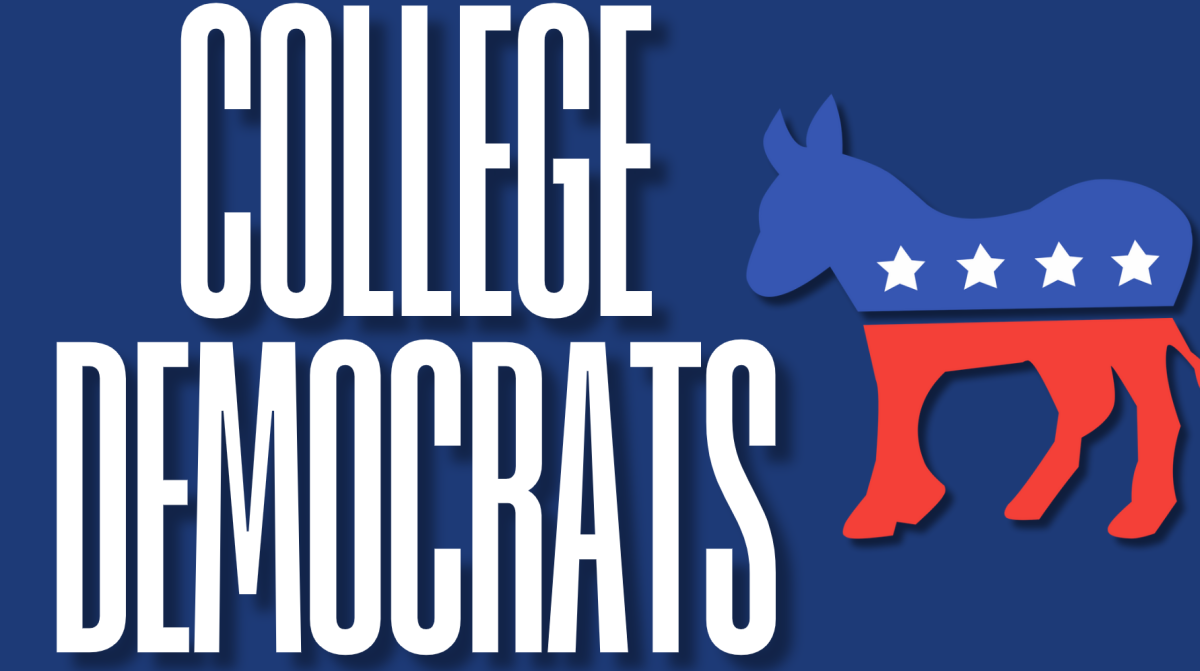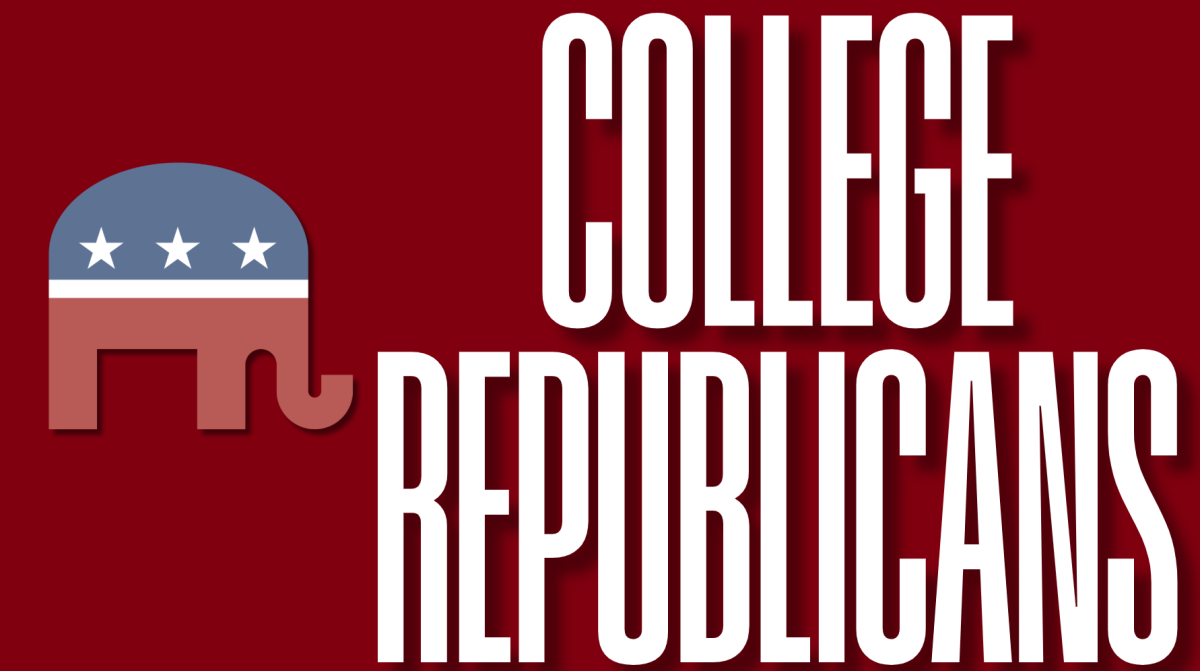The Metropolitan Transportation Authority (MTA) raised fares on all public transportation, including buses, the subway, the Metro-North and even tolls. The MTA has kept subway fares at the same $2.75 for the past few years in order to encourage people to utilize public transportation as ridership numbers decreased due to the pandemic. As the number of riders began to increase in the wake of the pandemic, New York raised their fare for the first time in eight years from $2.75 to $2.90.
While the increase may seem inconsequential to some, the population most affected in New York will be low-income workers who need public transportation to go to work every day. Additionally, these rising fares come in the wake of price increases in other necessary areas, such as food prices and housing costs, which combine to pack a punch to people’s budgets.
It is unfair to put the burden of inflation-related pricing changes primarily onto the customer. This is especially true as rider counts are increasing back towards pre-pandemic numbers, meaning there are more people paying more fares. This increase is also an unfair burden for New Yorkers as the programs to help alleviate the stress of rising costs are not matching the demand. Mayor Eric Adams did expand eligibility to receive subsidized transit fares through the program Fair Fares for families below the poverty line. However, there are more New Yorkers who need financial assistance. About half of working-aged New Yorkers are struggling to cover general life necessities, which is an increase from the 36% from 2021.
These financial struggles aren’t a new concept for MTA. Since the 1970s, the cost of operation has superseded the amount of income generated by passengers. If this is a consistent problem that the MTA is facing, then raising prices for customers who are already struggling to make ends meet is clearly not a solution that has been effective in the past. There needs to be more of an investment in infrastructure on the part of the government and not leave that burden to rest solely with the passengers.
Looking closer within the Fordham community, one of the biggest populations affected by this increase is commuter students. Keeping in mind that 40% of Fordham’s student body is made up of commuter students, this is a large portion of the community that will be impacted. Enrollment Services does offer a $10,000 Metro Grant per year for students commuting from any of the five boroughs and the surrounding areas of New York, New Jersey and Connecticut towns within commuting distance.
The caveat is that the portion of the grant each student receives can only be applied to public transportation costs and not Fordham parking garage fees. This means that all commuting students driving to campus do not receive the same funding to alleviate the stress of transportation costs that other commuters receive. A review of the transportation support for commuter students needs to be conducted in order to include students arriving to campus and to consider whether the grant needs to be increased to match the MTA price increases.
Fordham has a history of improving services for commuter students. Before opening the McShane Campus Center, commuter students were relegated to the basement to enjoy a subpar lounge space. Now, there is a large, comfortable area where both commuter and resident students can congregate. In 2021, the Commuter Student Association took feedback from a student survey and implemented a free laundry program running every other Wednesday for commuter students. Fordham needs to bring this commitment to enhancing resources for all students, including commuters, back.
New York residents and Fordham students alike rely heavily on public transportation. It is unfair to continuously burden customers with helping turn around a failing budget when there is not enough support from other avenues. Changes need to be made to pricing and the aid given to alleviate the stress of pricing for public transportation.










































































































































































































